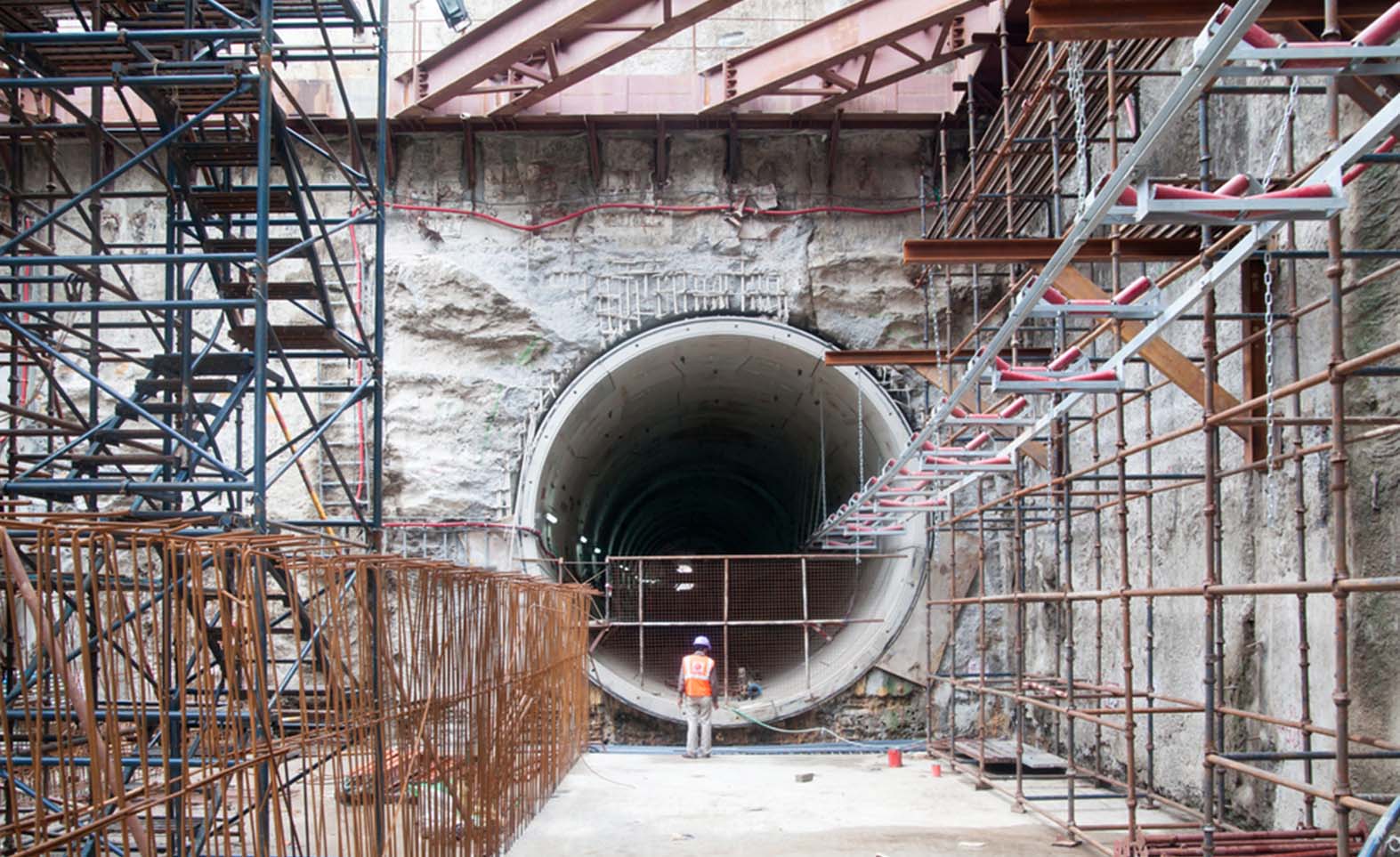
February 15, 2023
The government has raised its capital expenditure (Capex) for the infrastructure sector by 33% to INR 10 trillion in the 2023-24 budget
The profitability of large EPC companies will improve in FY25 and reach pre-pandemic levels of 10-10.5%
Roads and railways are expected to grow by 21% and 15%, respectively
The order book-to-revenue ratio is expected to remain at 3.5-4 times over the medium term

Increased government spending on infrastructure in FY24 is expected to drive revenue growth for engineering, procurement, and construction (EPC) companies by 17-20% and bring their profits back to pre-pandemic levels, according to a report by rating agency Crisil.
The government has raised its capital expenditure (Capex) for the infrastructure sector by 33% YoY to INR 10 trillion in the 2023-24 budget (from the previous INR 7.5 trillion), which is expected to lead to strong order inflows and improved debt metrics for EPC companies.
The report predicts that the profitability of large EPC companies will improve in FY25 and reach pre-pandemic levels of 10-10.5%, compared to the current fiscal’s 9-9.5% with commodity prices easing. Additionally, with healthy order books and recovery in profitability, debt metrics are also expected to improve next fiscal year, as higher-order inflows are expected to boost their revenue by 17-20%.
The revenue growth of most EPC players is being driven by the increase in capital outlay by the Centre, public sector undertakings, and states for the infrastructure segment, as well as the corresponding construction intensity in each infrastructure segment.
Experts said that the infrastructure space’s increasing focus with investments in roads and railways, which are expected to grow 21% and 15%, respectively, year-on-year, supported by the Centre’s as well as states’ capital outlay. Roads and railways are expected to outperform other EPC segments.
With infrastructure investments continuing to grow and a focus on the National Infrastructure Pipeline (NIP), EPC firms are seeing healthy order inflows, leading to better revenue visibility. Around 23% of the NIP funds were contributed to roads, 16% to railways, 22% to power and 9% to irrigation. According to the report, the order book-to-revenue ratio is expected to remain at 3.5-4 times over the medium term.
Experts also suggest that higher revenue growth and softening commodity prices will help operating profitability recover to pre-pandemic levels next fiscal year. Prices of key inputs such as steel, which have fallen 22% from their peak in March 2022, are expected to decline another 9-11% next fiscal year, which will support recovery in operating profitability.
Source: Economic Times